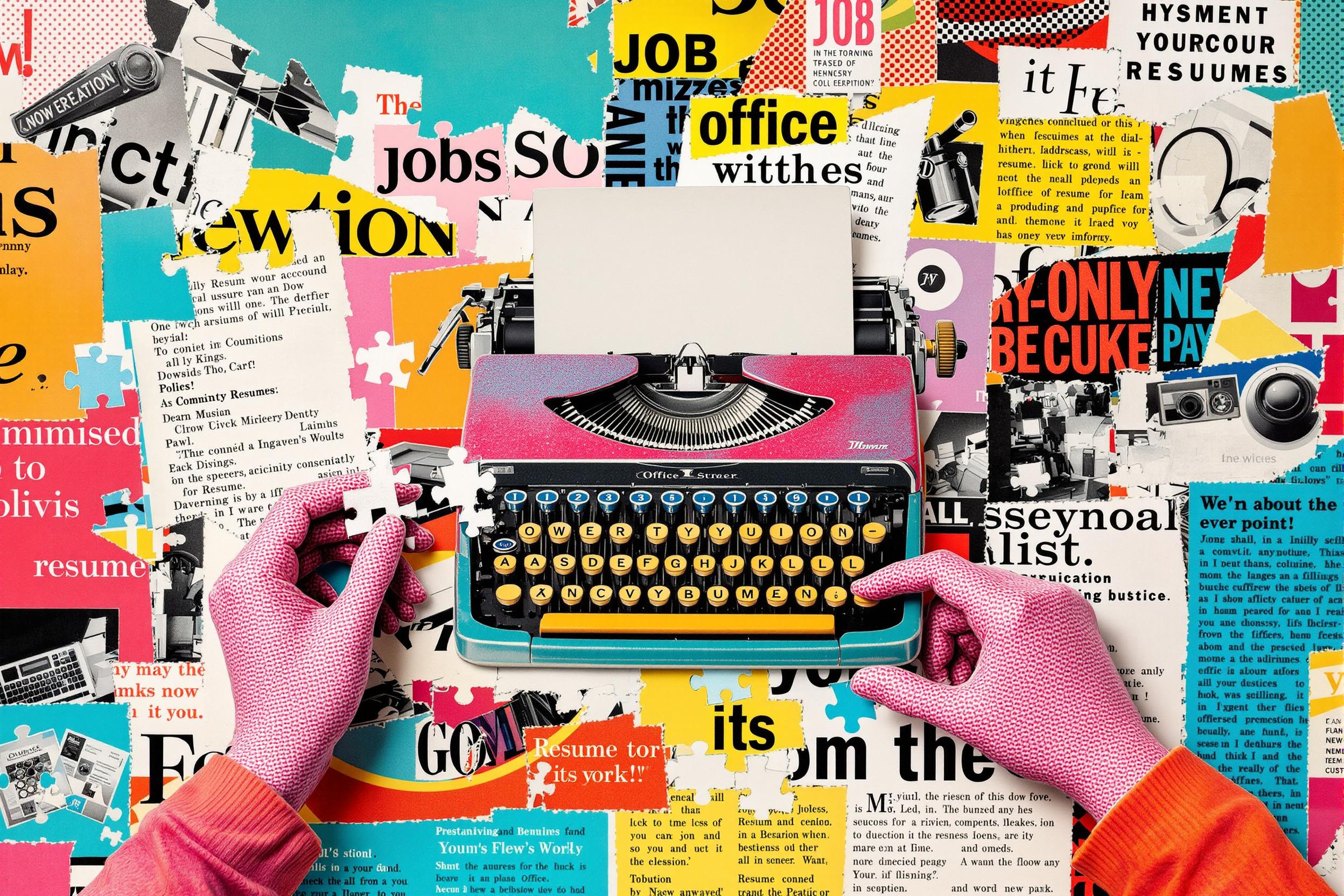
Japanese Typography
Japanese Typography refers to the art and skill of arranging Japanese text in manga, anime, and other Japanese media. This includes working with different writing systems (Kanji, Hiragana, and Katakana), creating speech bubbles, sound effects, and other text elements that appear in Japanese comics and animation. It's different from regular typography because it needs to follow specific rules for vertical and horizontal text layouts, and often involves artistic styling to match the mood of the story. When you see this term in a resume, it usually means the person has experience with specialized Japanese text design software and understands how to make text work well in Japanese visual media.
Examples in Resumes
Created dynamic Japanese Typography effects for 20+ manga volumes
Implemented Japanese Typography and Japanese Lettering in both digital and print manga formats
Supervised a team of 3 artists in Japanese Typography placement for anime subtitles
Typical job title: "Japanese Typographers"
Also try searching for:
Where to Find Japanese Typographers
Online Communities
Job Boards
Professional Networks
Example Interview Questions
Senior Level Questions
Q: How do you manage a large-scale manga localization project with multiple text styles?
Expected Answer: A senior professional should discuss project management skills, maintaining consistency across volumes, style guides, and coordinating with translation teams. They should mention experience with both digital and print requirements.
Q: What's your approach to training junior typographers in Japanese text layout?
Expected Answer: Should demonstrate leadership experience, ability to teach fundamental rules of Japanese typography, quality control processes, and methods for maintaining efficiency while ensuring accuracy.
Mid Level Questions
Q: How do you handle text placement in action scenes with limited space?
Expected Answer: Should explain practical solutions for fitting text in crowded panels, maintaining readability while preserving artwork, and working with both horizontal and vertical text arrangements.
Q: What's your process for creating custom sound effects in manga?
Expected Answer: Should describe experience with designing onomatopoeia (sound effects), balancing artistic style with readability, and adapting Japanese sound effects for different markets.
Junior Level Questions
Q: What are the basic rules for Japanese text direction and spacing?
Expected Answer: Should show understanding of vertical and horizontal text rules, basic spacing guidelines, and when to use different Japanese writing systems (Kanji, Hiragana, Katakana).
Q: What software do you use for Japanese typography work?
Expected Answer: Should be familiar with common design software used in manga production and basic digital tools for Japanese text layout.
Experience Level Indicators
Junior (0-2 years)
- Basic Japanese text layout
- Simple speech bubble placement
- Understanding of Japanese writing systems
- Basic design software skills
Mid (2-4 years)
- Complex text layouts
- Custom sound effect design
- Digital and print format knowledge
- Efficiency in production workflows
Senior (4+ years)
- Project management
- Team leadership
- Advanced styling techniques
- Quality control processes
Red Flags to Watch For
- No knowledge of Japanese language basics
- Unfamiliarity with manga industry standards
- No experience with professional design software
- Poor understanding of text spacing and layout principles
Related Terms
Need more hiring wisdom? Check these out...

Speak Their Language: How Localized Job Descriptions Unlock Regional Talent

Beyond Borders: Mastering the Art of a Global Onboarding Calendar

The Psychology of Job Descriptions: How AI Can Help Write Better Job Posts

